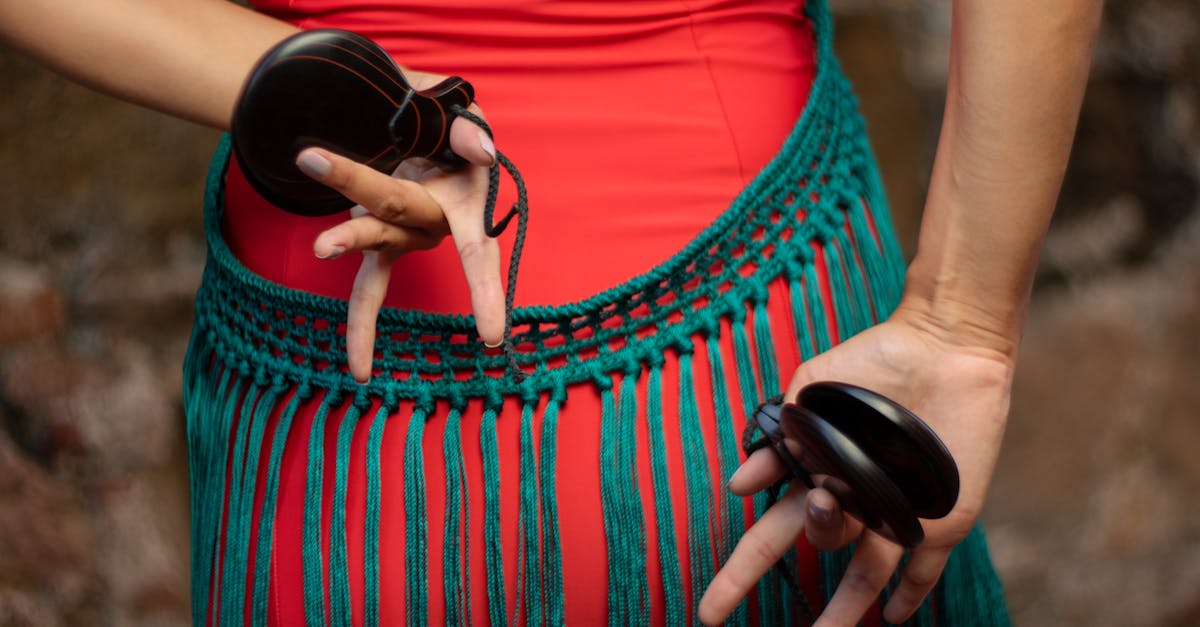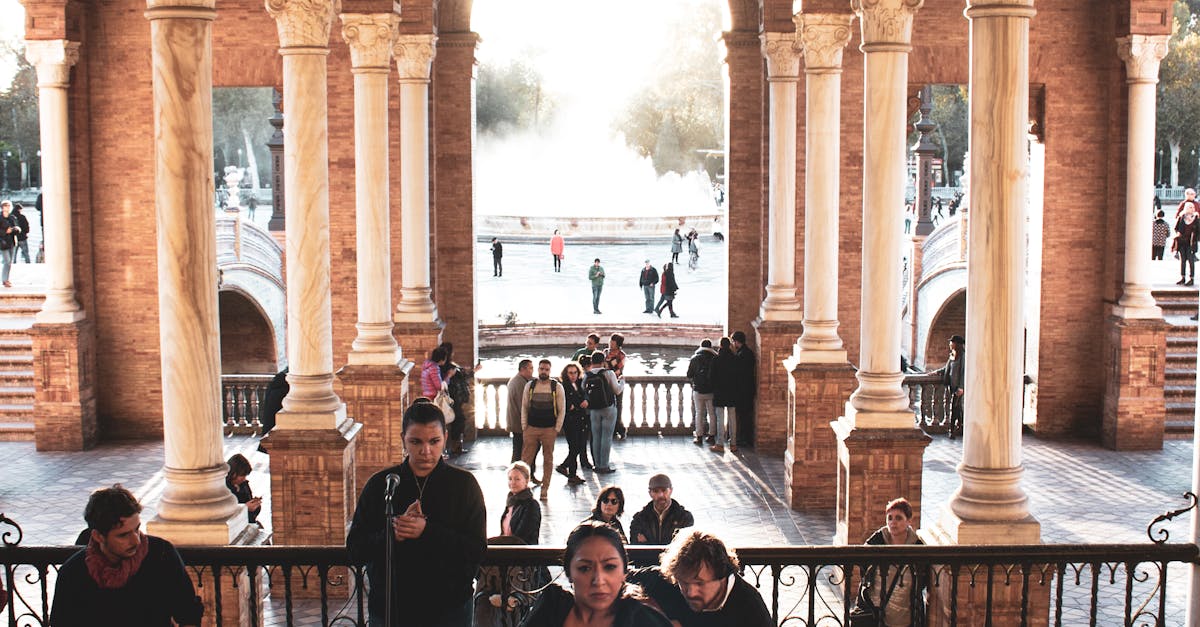Traditional Spanish Music and Dance
November 6, 2024

Steeped in rich history and vibrant cultural heritage, Traditional Spanish Music and Dance is a captivating world of passion and rhythm that has captured the hearts of people around the globe. The rhythmic beats of flamenco guitars and the swirling movements of skilled dancers tell stories of love, loss, and triumph in a way that transcends language barriers. In the first place, the roots of Spanish music and dance can be traced back centuries, with influences from various cultures including Moorish, Gypsy, and indigenous traditions. These diverse influences have contributed to the unique and dynamic art forms that we recognize today. Traditional Spanish music encompasses a wide range of styles and genres, from the lively sounds of Andalusian folk music to the haunting melodies of Celtic-influenced Galician tunes.
Moreover, the iconic flamenco dance, with its expressive movements and intricate footwork, is perhaps the most well-known form of Spanish dance. Flamenco is not just a performance but a way of life, embodying the passion, emotion, and strength of the Spanish spirit. Each movement and gesture in flamenco tells a story, conveying a range of emotions from joy and celebration to heartache and sorrow. The traditional attire worn by flamenco dancers, including the striking polka-dot dresses and fringed shawls, adds to the visual spectacle of the performance. Without a doubt, flamenco is a true reflection of the soul of Spain.
Furthermore, traditional Spanish music and dance are celebrated not only in performance but also in social gatherings and festivals throughout the country. The lively atmosphere of a Spanish fiesta is incomplete without the sound of castanets clicking and the sight of dancers moving with grace and passion. The infectious energy of Spanish music and dance has the power to bring people together, creating a sense of community and shared joy. Whether experienced in a dimly lit flamenco club or under the open sky at a festival, traditional Spanish music and dance have the ability to transport audiences to another world, where the music speaks volumes and the dance tells a story.
Equally important, the intricacies of Spanish music and dance extend beyond their aesthetic appeal. They serve as a vessel for cultural expression and storytelling, preserving traditions and heritage that date back generations. Every strum of the guitar and every stomp of the dancer's feet carries with it a piece of Spain's history, connecting the present with the past in a mesmerizing display of artistry.
In particular, the regional variations in Spanish music and dance add a layer of complexity and diversity to these art forms. From the exuberant jota dances of Aragon to the soul-stirring ballads of the Basque country, each region boasts its own unique style and interpretation of traditional music and dance. This rich tapestry of regional influences reflects the country's multifaceted cultural landscape, showcasing the beauty of its diversity.
On the other hand, the evolution of traditional Spanish music and dance continues to thrive in the modern world, blending with contemporary influences while staying true to its roots. Young artists and musicians are breathing new life into age-old traditions, infusing them with fresh perspectives and innovative techniques. This fusion of the old and the new ensures that Spanish music and dance remain relevant and vibrant in today's fast-paced society.
In reality, the enduring popularity of traditional Spanish music and dance is a testament to their timeless allure and universal appeal. Whether you are a seasoned aficionado or a newcomer to the world of flamenco and castanets, the emotive power and infectious rhythms of Spanish music and dance are sure to captivate and inspire. With each beat and movement, they invite us to experience the passion and vibrancy of a culture that continues to enchant audiences around the world.

The Essence of Spanish Folklore traditions
For example, the fusion of traditional Spanish music and dance with contemporary influences has resulted in a dynamic and ever-evolving art form that resonates with audiences of all ages. In today's interconnected world, Spanish music and dance continue to make an impact through collaborations with artists from different genres and backgrounds. These innovative partnerships not only breathe new life into traditional art forms but also introduce them to a wider audience, ensuring their relevance and longevity.
Moreover, the passion and dedication of artists and performers around the world further highlight the enduring significance of Spanish music and dance. From dedicated flamenco schools in Spain to international festivals celebrating the heritage of Spanish folklore, there is a global appreciation for the artistry and emotion conveyed through these expressive forms. The commitment to preserving and promoting traditional Spanish music and dance ensures that future generations will continue to be inspired by their beauty and cultural significance.
In like manner, as technology continues to advance, the reach of Spanish music and dance extends even further. Through online platforms and social media, enthusiasts from around the world can access performances, tutorials, and behind-the-scenes glimpses of the intricate artistry involved. This digital age allows for greater connectivity and exchange of ideas, fostering a vibrant and dynamic community of artists and aficionados passionate about Spanish folklore traditions.
For instance, traditional Spanish music and dance have also found a place in educational institutions, where students can learn about the history and technique behind these timeless art forms. By passing down these traditions to future generations, educators ensure that the legacy of Spanish folklore remains alive and vibrant for years to come. The educational value of studying Spanish music and dance goes beyond mastering steps or melodies; it instills a sense of cultural pride and understanding that transcends borders and unites people in a shared appreciation for the arts.
Without a doubt, Spanish folklore traditions hold a special place in the hearts of people worldwide, transcending borders and language barriers to convey stories of passion, heritage, and unity. The enduring legacy of traditional Spanish music and dance is a testament to their cultural significance and universal appeal. As these art forms continue to evolve and adapt to the modern world, they stand as pillars of artistic expression and historical preservation.
In essence, the vibrancy and richness of Spanish music and dance serve as a mirror reflecting the soul of a nation with a diverse cultural landscape. From the rhythmic beats of flamenco guitars to the expressive movements of dancers, each element weaves a tapestry of emotion, history, and tradition that captivates audiences of all ages. The fusion of old and new, of tradition and innovation, ensures that Spanish folklore traditions remain relevant and inspiring in the ever-changing artistic landscape.
As artists and aficionados across the globe come together to celebrate and promote these cherished traditions, the essence of Spanish folklore continues to thrive and enchant. Through education, performance, and collaboration, Spanish music and dance are kept alive for future generations to experience and appreciate. The beauty and passion inherent in these art forms will undoubtedly endure, reminding us of the timeless allure and captivating power of Spanish folklore traditions.

Title
I'm a paragraph. Click here to add your own text and edit me. It's easy.

Title
I'm a paragraph. Click here to add your own text and edit me. It's easy.

Title
I'm a paragraph. Click here to add your own text and edit me. It's easy.